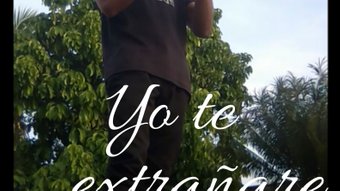Práctica diaria de caligrafía con kanji / “Tei” o “choo”, hoja, tallo... / (Esp.-Engl.) / Daily practice of calligraphy with kanji / "Tei" or "choo", leaf, stem...
1
About :
Este es un carácter de dos trazos. Muy conocido y utilizado desde la antigüedad. Puede significar calle, distrito, ciudad; hoja o tallo (“choo”), cuarto en rango o cuarto signo del famoso calendario chino (“Tei” o “Hinoto”), el que era antes del de los animales. Este último es posterior al ingreso del budismo en China, mientas que el de “los tallos y las ramas” es más autóctono, por decirlo de alguna manera. Este carácter también tiene un uso como partícula gramatical, pues sirve como cuantificador de algunos objetos como las armas, herramientas y hojas.
Bibliografía consultada: “Gunkan” de Juan Ferres.
Materiales utilizados para el dibujo: pincel de caligrafía china, agua, alfombra de terciopelo colocada al revés y cuadriculada de fábrica.
Dispositivo de grabación: Celular RedMi Go
This is a two stroke character. Very well known and used since ancient times. It can mean street, district, city; leaf or stem (that would be read in Japanese: "choo"), fourth in rank or fourth sign of the famous Chinese calendar (in this case, in Japanese it would be read: "Tei" or "Hinoto"), the one that existed before the one of the animals. The latter is later than the entry of Buddhism in China, while that of "stems and branches" is more indigenous, so to speak. This character also has a use as a grammatical particle, as it serves as a quantifier of some objects such as weapons, tools and leaves.
Bibliography consulted: "Gunkan" by Juan Ferres.
Materials used for drawing: Chinese calligraphy brush, water, velvet carpet placed upside down and factory grid.
Recording device: RedMi Go Cellphone.
Tags :
Their limit for today is $0!





























Comments:
Reply:
To comment on this video please connect a HIVE account to your profile: Connect HIVE Account